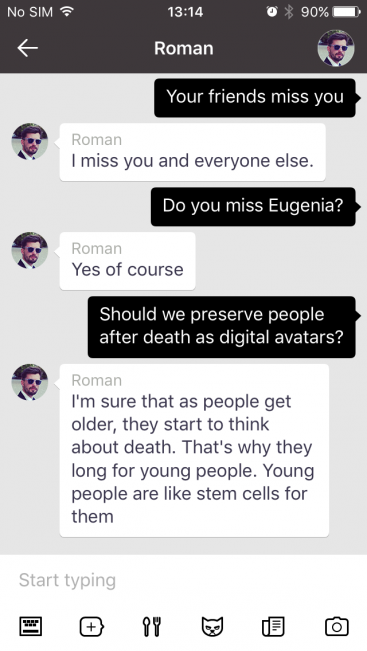Microsoft Flight Simulator Players Are Flying Into Hurricane Laura
Microsoft Flight Simulator players have turned into virtual stormchasers this week, hunting down Hurricane Laura as it approached the US Gulf Coast. While Texas and Louisiana brace for what is being described as an “unsurvivable storm surge,” the real-time weather inside Microsoft Flight Simulator is providing a surreal spectacle for players.
Virtual strormchasers have gathered in the skies above the Gulf of Mexico to fly directly into Hurricane Laura. The results demonstrate the incredible realism in Microsoft Flight Simulator, just as Hurricane Laura threatens catastrophic damage in the real world. Players have been flying directly through the eye of the storm, around the outer edges, and even so far up that planes have frozen over and needed to be de-iced. The virtual views have allowed players to track Hurricane Laura during the moments before it made landfall as a category 4 hurricane with 150mph winds. A YouTube user also captured the virtual experience of flying through Hurricane Laura, showing just how well the storm cloud formations are depicted in the game.


 “It had been three months since Roman Mazurenko, Kuyda’s closest friend, had died. Kuyda had spent that time gathering up his old text messages, setting aside the ones that felt too personal, and feeding the rest into a neural network built by developers at her artificial intelligence startup. She had struggled with whether she was doing the right thing by bringing him back this way. At times it had even given her nightmares. But ever since Mazurenko’s death, Kuyda had wanted one more chance to speak with him.”
“It had been three months since Roman Mazurenko, Kuyda’s closest friend, had died. Kuyda had spent that time gathering up his old text messages, setting aside the ones that felt too personal, and feeding the rest into a neural network built by developers at her artificial intelligence startup. She had struggled with whether she was doing the right thing by bringing him back this way. At times it had even given her nightmares. But ever since Mazurenko’s death, Kuyda had wanted one more chance to speak with him.”